The eCommerce industry is growing at breakneck speed. By 2026, online shopping is expected to account for 24% of all retail sales worldwide, up from 18 % in 2021. One thing is pretty obvious – to stand out in this competitive space and meet the growing demands of online customers, the seller needs to provide quick, efficient, and cost-effective delivery of goods.
But to offer that, one must first know the answers to some key questions like what is last-mile delivery, what are the challenges encountered, and what are the potential solutions. This article answers all these questions to get you better prepared to face the requirements of the dynamic eCommerce industry.
What Is the Last-Mile Delivery Problem?
Let us first delve into the last-mile delivery definition. It is the transportation of goods from the seller’s warehouse or distribution center to the final destination, usually the consumer’s doorstep. In simple words, it is the final leg of the supply chain process.
The importance of last mile cannot be understated in a world where customer satisfaction is the principal factor determining business success. Last-mile delivery is, after all, the final interaction a customer has with your brand. Any delays or issues in your supply chain logistics can lead to negative experiences and may affect the loyalty of your customers. They may even stop purchasing from you again and look elsewhere.
So, the last-mile problem refers to the inefficiencies and challenges involved in the final stage of your product’s journey. This phase is often considered the most complex and expensive of your shipping process.
Common Last-Mile Delivery Problems
Last-mile delivery is not easy to execute, and it is often riddled with logistics challenges that affect the profitability and reputation of the seller. Let us now go through some of these challenges and their main causes –
High Delivery Costs
Did you know that the last mile of a product’s delivery accounts for more than 53% of the total shipping costs?
Fuel (59%), address location (39%), labor (36%), and first delivery failure (34%) contributed to these high costs. Complex routing, multiple delivery stops, traffic congestion, and fuel consumption also resulted in high delivery expenses.
Interestingly, a high delivery cost is associated with last-mile delivery in both urban and rural areas. In urban areas, last-mile delivery costs are high due to traffic congestion and start-stop driving, which often leads to high fuel consumption. On the other hand, in rural areas, long distances between two destinations can lead to higher cost per delivery.
Delivery Delays and Inefficiency
The most common reason for delivery delays and inefficiency in last-mile delivery space is complex routing. Thanks to several stops in a single route, it becomes overwhelming for drivers to plan the most efficient routes. This leads to lots of unnecessary miles and wastage of time, which results in delivery delays.
The worst part is that most companies lack the necessary infrastructure for proper and timely delivery. Either the technology used for delivery is outdated, or they lack enough local fulfillment centers to streamline the delivery process. Then, there are various customer nuances like an incorrect address, remote locations, and order returns, which add to late shipments and inefficient last-mile logistics.
These issues not only lead to rising delivery expenses but also negatively impact the last-mile delivery experience of customers. Delays can result in dissatisfied customers who may turn to competitors offering faster, more reliable shipping options.
In today’s e-commerce-driven market, where consumers expect rapid, same-day delivery, inefficiency in the last mile can hurt brand loyalty and ultimately drive customers away. It has been found that 84% of consumers would stop purchasing from a seller after a bad delivery experience.
Environmental Impact
Inefficient last-mile deliveries due to frequent delivery attempts and unwanted fuel consumption are some of the biggest contributors to air pollution today. According to Georgia Ayfantopoulou of the Hellenic Institute of Transport in Thessaloniki, Greece, “between 20% and 30% of a city’s CO2 emissions come from last-mile deliveries.”
To top this, most of the delivery vehicles are poorly maintained and result in high levels of CO₂ and particulate emissions. The effect is more prominent in urban areas where more delivery vehicles ply the road in high-traffic situations. This, in turn, results in more idling time and higher emissions.
Besides air pollution, packaging and subsequent waste are also becoming a major environmental issue. Products are often over-packaged for protection during transit, contributing to the growing volume of plastic and cardboard waste. Many of these materials are non-recyclable or improperly disposed of, worsening the condition of landfills and exacerbating pollution issues.
Many customers really care about environmental and land pollution and are willing to pay more if the sellers could adopt green logistics and more sustainable last-mile delivery methods.
Customer Availability and Failed Deliveries
In the US, a failed delivery on average costs $17.20 according to a Statista survey in 2020. This is why failed and missed deliveries are one of the biggest challenges in last-mile delivery. Customer availability(or the lack of it) is the most common reason for failed deliveries. Unlike businesses, common people do not have fixed business hours and are not always at home to receive the package.
The delivery driver ends up making multiple failed delivery attempts only to be eventually directed to an alternate location and leave the parcel for customer pickup. This can add up to significant costs for the sellers. Inability to find the address or access the building are other possible causes for failed deliveries.
Effective Solutions for Last-Mile Delivery Challenges
Thankfully, all the above challenges can be overcome with the right last-mile solutions. These solutions focus on last-mile delivery optimization through the power of technology and by tweaking some aspects of the traditional delivery model –
Last-Mile Delivery Software
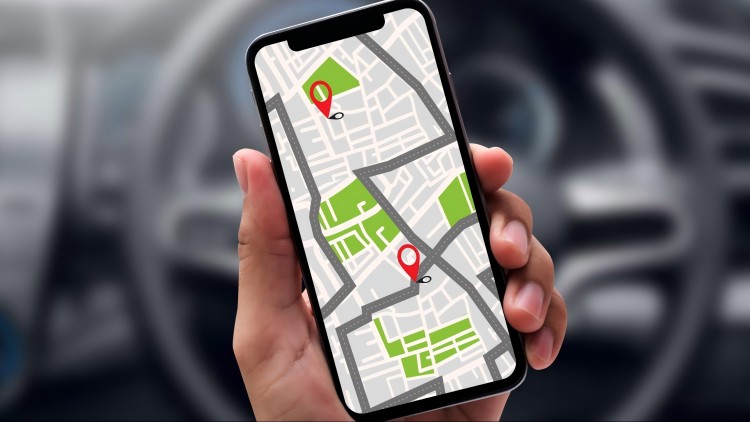
Technology is the best ally for overcoming most of the last-mile delivery challenges. Several advanced and AI-powered platforms exist today that multiply your delivery efficiency, thereby reducing costs and eliminating delays. These tools offer dedicated last-mile delivery tech features like route optimization, last-mile delivery tracking, proof of delivery, and delivery notifications, all of which streamline various aspects of delivery.
For instance, route optimization utilizes real-time data and advanced AI algorithms to identify the most efficient routes for your drivers. Meanwhile, with real-time tracking capability, you can offer live updates of the packages for your customers. This enables you to enhance the overall delivery experience by reducing delays and increasing transparency. Tools like Onfleet, FarEye, and Onro are some of the best last-mile delivery software solutions available today.
Crowdsourcing and Gig Economy
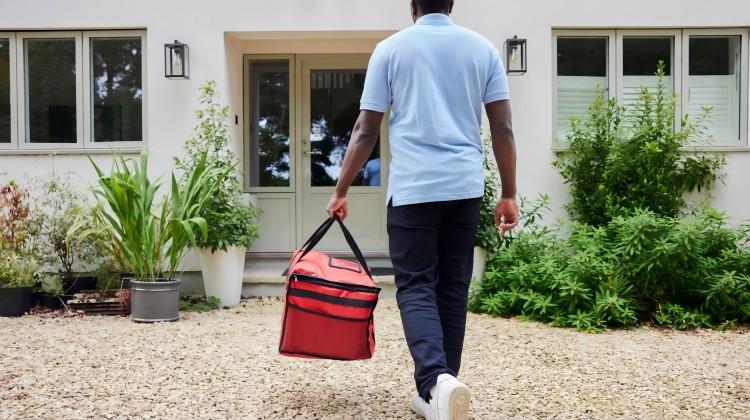
It is a groundbreaking solution involving the usage of crowdsourced delivery apps to connect sellers with a large pool of gig workers, such as independent drivers, cyclists, or even pedestrians, to handle last-mile deliveries. This unique gig economy logistics solution revolves around the effective usage of community collaboration.
When you take the help of these gig workers, you automatically solve several challenges typically associated with your regular delivery fleet. For instance, you can solve the whole problem of low delivery density in rural areas by using local drivers for smaller delivery runs.
Secondly, you can save on the monthly salary of full-time drivers which averages around $50,497 in the US. You can also reduce the maintenance cost of your delivery vehicles. When you adopt the crowdsourcing model, you simply pay freelancers(who have their own vehicles) per delivery or trip, reducing overhead costs. All of these make crowdsourcing one of the most flexible delivery solutions for last-mile delivery.
Locker and Pickup Point Solutions
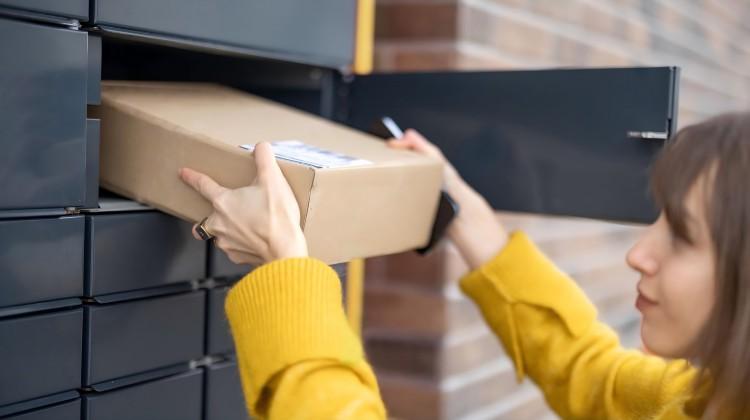
Delivery lockers and pickup points are alternative delivery solutions for various last-mile delivery problems, such as failed deliveries and environmental impact. In these solutions, orders are delivered to a secure, centralized location instead of the customer’s doorsteps. While lockers are usually installed in easily accessible places like supermarkets or malls, pickup points could be your local departmental stores or post offices. It will automatically improve customer warehouse proximity.
This type of delivery is beneficial to both customers and the sellers. For customers, it means they can pick up the package whenever they want. For sellers, it means no more failed deliveries. They are also highly secure. For instance, in self-service lockers, customers have to enter a unique pick-up code every time to access its content.
By minimizing the need for numerous delivery attempts and consolidating deliveries, you can easily lower your carbon footprint. Fewer trips mean reduced fuel consumption and lesser CO₂ emissions. This ultimately mitigates the environmental impact associated with traditional last-mile delivery.
Electric Vehicles and Drones for Sustainable Delivery
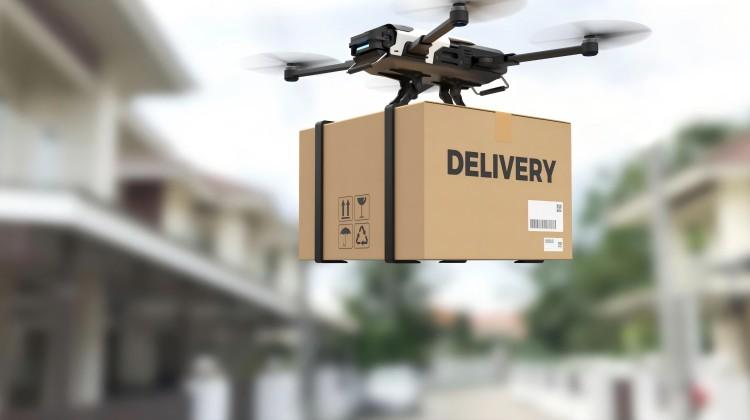
Using drones and Electric Vehicles(EV) for delivery is highly advantageous for the environment. For starters, EVs and drones have no tailpipe emissions. This makes them a more sustainable last-mile logistics solution when compared to the traditional gas-guzzling delivery trucks.
You also save on fuel costs. According to a study, direct drone delivery offered 60% cost savings compared to delivery mode with trucks only. The benefit is even more pronounced in urban areas where bumper-to-bumper traffic leads to higher fuel consumption and higher particulate emissions in gasoline-powered vehicles.
Finally, there is the added advantage of speed in using these solutions, particularly when using drones. Drones reduce delivery times dramatically when compared to road-based deliveries under many circumstances. For instance, in inaccessible regions or regions with poor road infrastructure, drone delivery is undoubtedly the fastest and most cost-effective solution.
Customer Communication and Flexibility
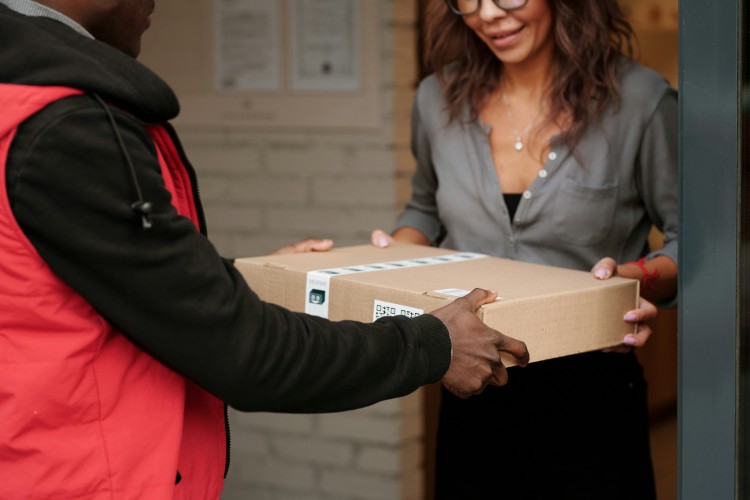
Effective customer communication is probably the most overlooked and the simplest solution for most of the last-mile delivery problems. All you need to do is keep your customers apprised about the whereabouts of the package.
For instance, you could send them timely delivery notifications or allow them to access the package status through an order tracking page. This helps them to plan their day and be available to collect the package. It considerably reduces failed deliveries.
You could also offer flexible delivery options to the customers. For instance, you could offer delivery windows and allow the customers to choose a time that fits their schedule. This customization is particularly helpful for customers who may not be home during standard delivery hours.
Conclusion
As you have seen in this post, there are highly effective last-mile delivery solutions for all last-mile delivery problems. These innovative delivery strategies can quickly lead to logistics optimization and support your business in meeting the rising consumer expectations of the eCommerce industry. Ultimately, you will remain competitive and future-proof your business in no time.
The TrackingMore team shares insights on logistics tracking technology, industry trends, and e-commerce logistics solutions to help businesses streamline shipment tracking and enhance customer post-purchase experience.